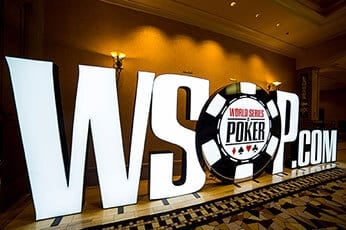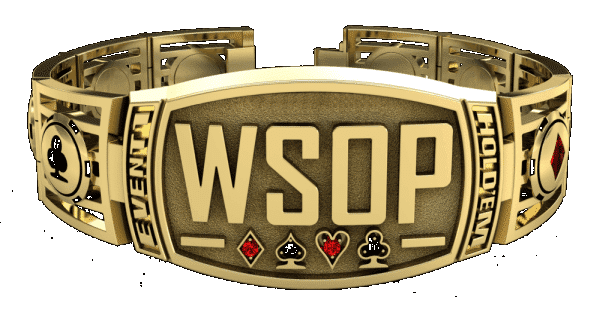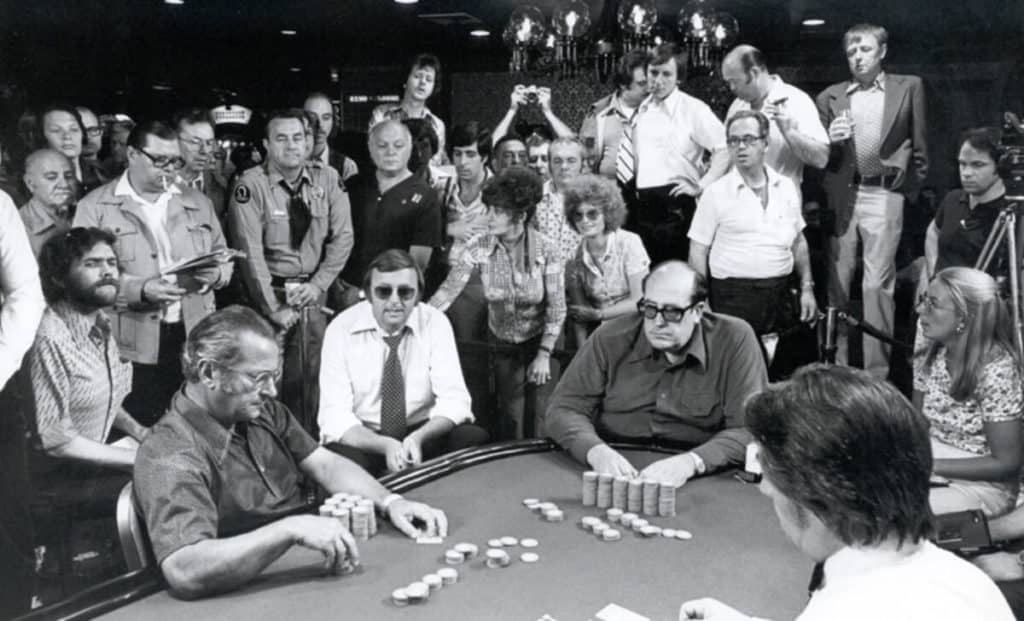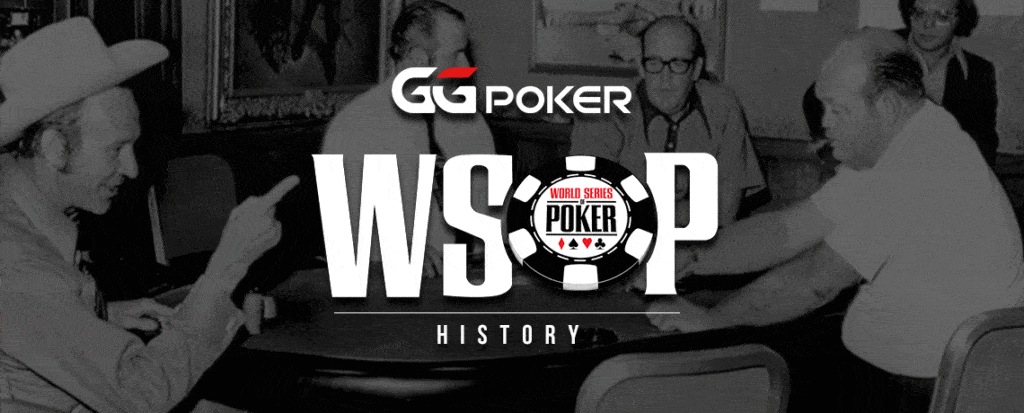The Story of the 1976 WSOP Main Event
The 1976 World Series of Poker was a landmark poker tournament in so many ways. The crowning of a new champion put a legendary poker character into a spotlight that would shine on him for half a century. In the previous year, there were a total of five events, including the ‘Main Event’ or World Championship. This time, for the 1976 edition of the series, a total of eight WSOP bracelet events, the most there had ever been, were being spread. There was also the biggest Main Event prize so far, as 22 players entered the event creating a top prize – and the only prize for this event – of $220,000.
Andrew Hits the Double
The preliminary events were becoming just as big a part of the festival as the Main Event itself and the man who won the first one of the year also won the second. Event #1 of the 1976 World Series of Poker was the $1,000 entry No Limit Hold’em event which Howard Andrew won, earning the bracelet and the top prize of $28,000 after 56 players took part, becoming the biggest field to that point in history ever seen in the WSOP, including David Sklansky, who would later go on to become a prominent poker author, who had his first WSOP cash (3rd for $7,000) in the event.
The stage was set for the second event which was another No Limit Hold’em event, this time costing $2,500 to play. When action got down to heads up play, it was Duane ‘Dewey’ Tomko eventually falling to Howard Andrew, who won his second consecutive bracelet.
The next event was a $5,000 buy-in No Limit 2-7 Draw tournament. Claiming victory in the 26-entry event, Doyle Brunson won his first-ever WSOP gold of the 10 he would claim in his lifetime. Beating Aubrey Day heads-up, Brunson won $90,250 but even that huge score would not be the biggest win of his Series.

Moss Claims Record-Extending Sixth Title
Wins for Perry Green in the fourth event, a $1,000 buy-in Ace to Five Draw event, which had 80 runners, for $68,300, and Doc Green in the fifth event, a $1,000 buy-in Seven-Card Stud Hi-Lo event for $12,750 followed. That left just three events, with the sixth event featuring a winner familiar to everyone. Johnny Moss, a.k.a. the Grand Old Man of Poker. Moss took down the 52-entry $500 buy-in Seven-Card Stud event for $13,000.
Outlasting players such as Hal Wilber (2nd for $6,500) and P.J. Powell (3rd for $3,250), Moss’ win represented the sixth bracelet of the series and his sixth-ever WSOP bracelet of a glittering career, putting him well clear of anyone else at the time.
Event #7 of the series, it was Seven-Card Stud again, but this time it cost $5,000 to enter. Only 11 players could put together that kind of stack or were willing to gamble that much on the game, and Walter Smiley became the first African American to win a WSOP bracelet. Smiley earned the $35,000 top prize, with Eric Drache claiming the $16,500 runner-up prize and P. J. Powell taking $5,500 for coming third.
With the preliminary events completed, the stage was set for the Main Event itself. The atmosphere was electric at Binion’s Horseshoe as the record setting 22 players took their seats.

Hufnagle the Hero
Despite there being 22 entries, the Main Event still only paid one player the money. That meant a record top prize of $220,000. In today’s currency, allowing for inflation, that was a prize worth $1,186,000. The final showdown was a fascinating clash between two very different players, but before that happened, some other big names got close.
Shortly after the final table began. Bob Hooks, at another Main Event final table, slid out of the action in fifth place. Crandell Addington busted in fourth place, leaving just three. In third place, one of the most entertaining characters of that year’s World Series made his exit in the form of Tommy Hufnagle. The Pennsylvanian was a hirsute, charming former Vietnam veteran who Doyle Brunson described as an ‘Old guard poker great” upon his sad passing in 2021.
Hufangle was known as a health-conscious adventurous type, who, after returning from the trauma of Vietnam, loved to water ski and lifted weights in his spare time. One of the few non-smokers of that age, Brunson would go on to pronounce him as a truly dedicated player, later saying: ‘He had a work ethic that most players never reach. God bless him!’
Texas Dolly and the Ten-Deuce
With Hufnagle out, the showdown for the bracelet and $220,000 was on. Doyle Brunson had the chip lead and standing in his way was a popular amateur and car dealer, Jesse Alto. Coming fourth in 1974, Alto once again got close and in one of the most famous final hands in poker history, lost to a hand that would become iconic – the ‘Texas Dolly’, a.k.a. ten-deuce.
In the final hand, Alto had the best of it despite being at risk. Known as a cool customer yet not altogether accustomed to tough spots at the felt, Alto played it dead right as his ace-jack faced Brunson’s ten-deuce. A flop of A-J-T gave Alto two pair, leaving Brunson only with a pair of tens. Brunson shoved after a deuce on the turn and Alto correctly made the call and saw the good news as the 10 to 1 favorite to make a double-up.
In a stunning run-out that would define a poker generation, a ten on the river gave Brunson the title and $220,000 with a full house. In terms of a final hand playout, Brunson might well be the luckiest player in poker history. Pre-flop, he was a 65% underdog and had only 12% after the flop landed. The ten was exactly what Brunson needed, and the rest is poker history.
One thought that could have been going through the head of Doyle Brunson as he sat at the table becoming world champion, it’s possible he could have thought he would do anything to live the moment again, experience the same rush, hell, maybe even the same hand. The Poker Gods were watching and listening too. And one year on, the whole world would be sitting up and taking notice of the card game that was taking the world by storm.

1975 WSOP Main Event 1977 WSOP Main Event
About the Author: Paul Seaton has written about poker for over 10 years, interviewing some of the best players ever to play the game such as Daniel Negreanu, Johnny Chan and Phil Hellmuth. Over the years, Paul has reported live from tournaments such as the World Series of Poker in Las Vegas and the European Poker Tour. He has also written for other poker brands where he was Head of Media, as well as BLUFF magazine, where he was Editor.
